How To Install Cuda In Windows 10
CUDA Toolkit on Windows 10
Here I am explaining a step by footstep method to install CUDA on Windows equally near of the Youtube tutorials do information technology incompletely.
CUDA® is a parallel computing platform and programming model invented by NVIDIA. It enables dramatic increases in computing performance by harnessing the power of the graphics processing unit. (GPU)
First and Foremost you have to check the GPU version of your laptop or computer. To perform that click the bottom-left Outset button on desktop, type device managing director in the search box and tap Device Manager on the menu. You volition get an interface like follow.

Check with the brandish adapters mentioned here. To install CUDA you need to take a CUDA enabled GPU. Y'all tin can cheque it by this post-obit site. Different OpenCL, CUDA-enabled GPUs are but available from NVIDIA.
Let's continue if your GPU is CUDA enabled. Now yous accept check the organisation information for your GPU. You can but do that by right clicking on the desktop and select the NVIDIA Command Console and open it. In that become to assistance tab and select System Information. In that, at that place is a components section as follows.
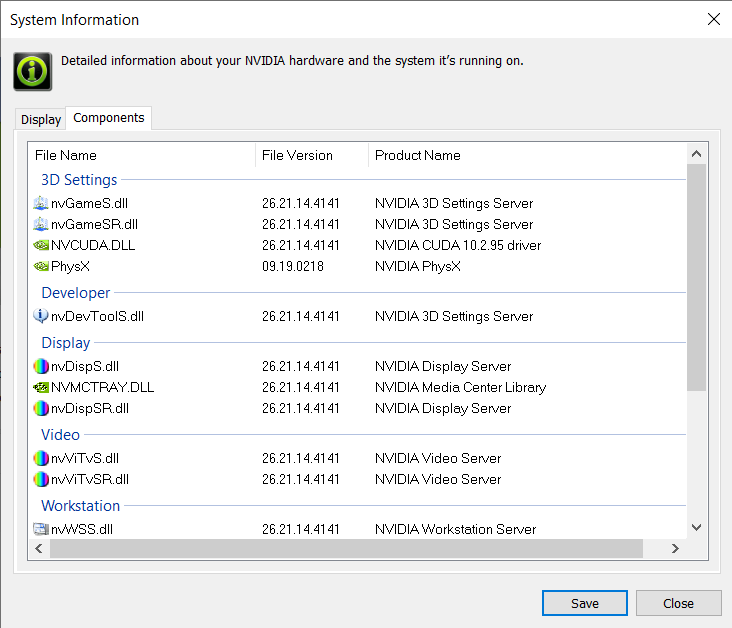
In that under NVCUDA.DLL it shows NVIDIA CUDA 10.ii.95 Driver. The driver details might be changed due to updates. Depends on the driver details yous have to select the required CUDA version. CUDA is not functioned properly if you are non installed the required one.
Now let's move to the installation part. According to the CUDA Driver version I am installing the CUDA toolkit by following link.
You can give the relevant details and select the right version for you equally follows.
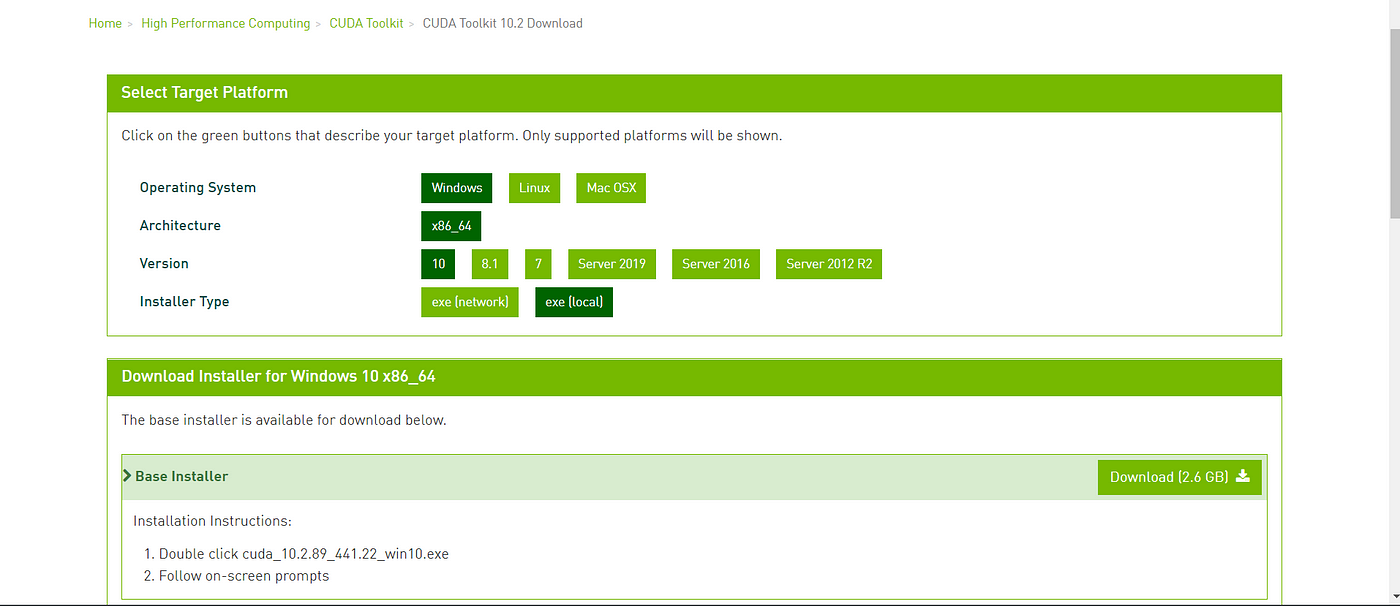
I prefer .exe (local) for the installer type. Afterwards downloading it , ready to install it. Just continue with steps and utilise custom installation in installing process.
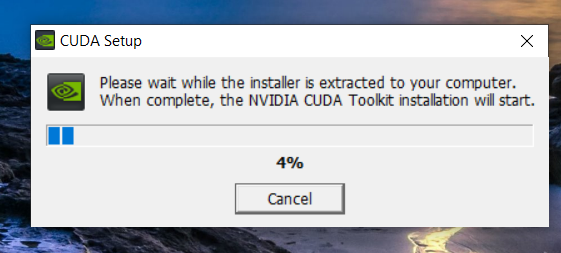
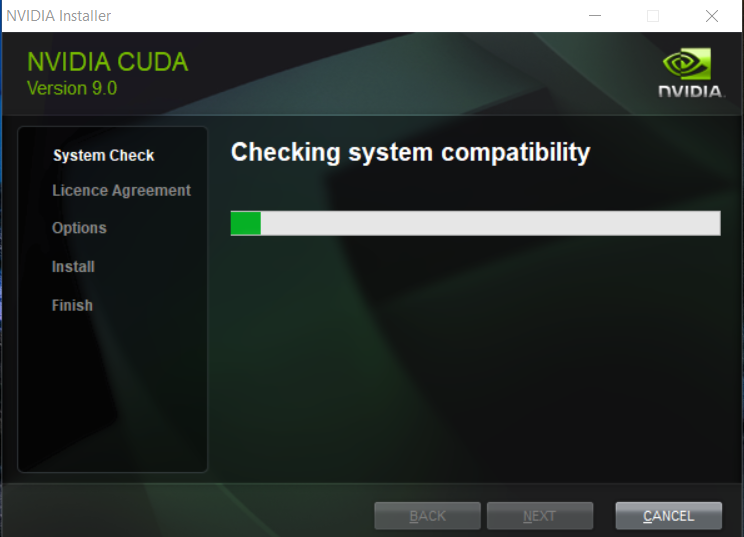
Afterwards finishing the CUDA Toolkit installation yous take to install cuDNN on Windows 10 which is uniform with CUDA version. The NVIDIA CUDA Deep Neural Network library (cuDNN) is a GPU-accelerated library of primitives for deep neural networks. cuDNN provides highly tuned implementations for standard routines such as forward and astern convolution, pooling, normalization, and activation layers. cuDNN is part of the NVIDIA Deep Learning SDK.
cuDNN download link : https://developer.nvidia.com/cudnn
You lot have to create an account in order to download this.

But create and account and login using its credentials. By accepting the terms and condition y'all will be directed to the doanloading page. Download the correct version which is uniform to your CUDA version.

After downloading cuDNN , extract the file downloaded and open it. The file structure as follows.

Copy the 3 folders and the text file and go to the location where NVIDIA GPU Computing Toolkit is located. Near probably it will be installed on C:\Program Files\NVIDIA GPU Computing Toolkit file path. ( It depends on the location you installed). As I previously installed CUDA version 9.0 on my laptop the CUDA files are existed in this following path location.
C:\Program Files\NVIDIA GPU Computing Toolkit\CUDA\v9.0
Now paste what you accept copied from cuDNN extracted folder.
Now you have to add path on ecology variables every bit follows. Path in System Variable need to exist updated.
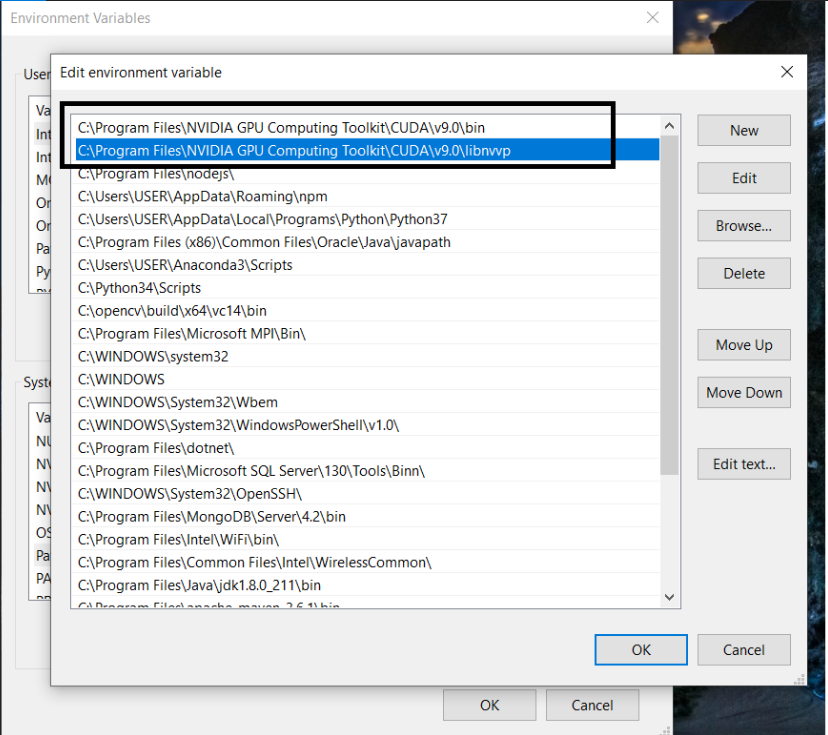
As CUDA is compatible generally on Python 3.6 , I am creating an environment on Anaconda. Here information technology shows the Tensorflow and CUDA compatibility for Windows.

Open the Anaconda Navigator first. If y'all are not installed it install information technology by given link.
Anaconda installation link : https://www.anaconda.com/distribution/#download-section
Initially it supports Python 3.seven and yous have a create an surround compatible with Python 3.6. As I used Python 3.6.v version.
To create an environs you lot can use either Anaconda Navigator or Anaconda Prompt. Here I used Anaconda Prompt. Let's create the virtual environs.
conda create -n yourenvname python=x.x anaconda 
Activate the virtual environment
source activate yourenvname 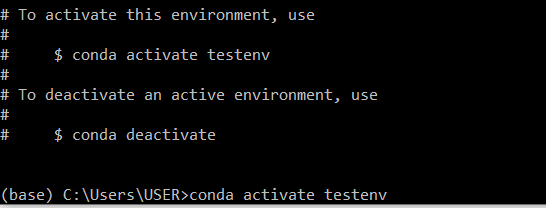
Now install uniform tensorflow version. Here I install ane.12.0 version.
conda install tensorflow==ane.12.0 Then install the uniform tensorflow-gpu version. Hither I install 1.12.0 version.
conda install tensorflow-gpu==one.12.0 Now launch Spyder under the virtual environment
spyder To verify whether CUDA Toolkit is installed correctly type this code in Spyder
from tensorflow.python.client import device_lib
impress(device_lib.list_local_devices()) If the output gives like this by mentioning the available GPUs ,CUDA installation is successful.
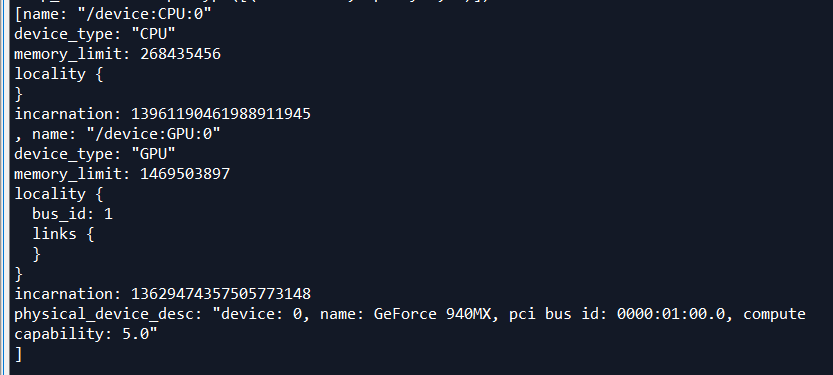
If it doesn't give an output as above there would be a trouble with CUDA version you selected. Sometimes the mention CUDA version in the system information is non the exact version. So at that kind of situation modify the CUDA version and try the process once again. Hope you got something from this. Practiced luck !!!
Source: https://medium.com/analytics-vidhya/cuda-toolkit-on-windows-10-20244437e036
Posted by: perkinssweves.blogspot.com

0 Response to "How To Install Cuda In Windows 10"
Post a Comment